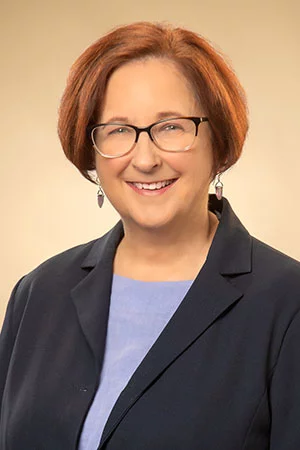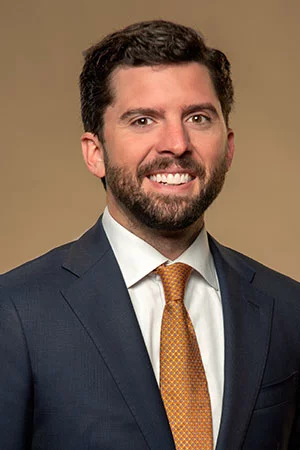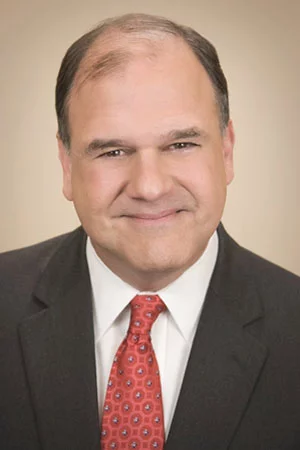The novel coronavirus has required many adaptations from businesses and individuals alike. Social distancing guidelines resulted in the closure of offices, the cancellation of therapy sessions and the cessation of group meetings. For those in recovery, this initially presented a large obstacle: how could these people still access much-needed mental health and addiction services in the midst of a pandemic? Luckily, clinical professionals have adapted to the “new normal” of COVID-19 by increasing the availability of online and phone-based appointments. Today, telehealth services have expanded in response to the coronavirus outbreak.
Innovation on the Rise
Before COVID-19, teletherapy services were already gaining popularity. Research showed that this path to treatment offered many opportunities, including improved patient experience, increased access to care and cost reduction. It was also known that telehealth interventions “produce positive outcomes when used for remote patient monitoring for chronic conditions, communication, counseling and psychotherapy.” In particular, therapy administered through these remote platforms has demonstrated comparable efficacy to traditional face-to-face sessions, without significant risks or adverse effects.
By 2019, all fifty states provided some coverage for these long-distance sessions for Medicaid recipients. The biggest challenge for those seeking virtual office visits was variation in coverage; uncertainty surrounding state-to-state differences and lack of parity in reimbursement dissuaded many from receiving this type of care. This was the state of telehealth before COVID-19.
The coronavirus outbreak completely changed America’s relationship with telemedicine. Federal and state legislation quickly evolved in response to the pandemic and its required social distancing guidelines. In a short amount of time, bipartisan support increased access to telehealth from the federal level. The House of Representatives eased restrictions for Medicare patients, a move echoed by the Senate. The Department of Health and Human Services Office for Civil Rights (HHS OCR) also announced that it would waive penalties for HIPAA violations against physicians seeking to serve patients in good faith through common communications technologies, including FaceTime and Skype, during COVID-19.
With the easing of these restrictions, physicians found themselves able to administer care from home. Major telehealth providers have reported increases of more than 4,300% in the usage of their platforms. This jump occurred over just one week in April, indicating that clinicians sought to contain community coronavirus spread by adhering to social distancing guidelines while still providing much-needed care to patients.
Telemedicine, Teletherapy and Telehealth Explained
While often used interchangeably, several key words surrounding tech and healthcare have recently popped into public knowledge. We’ve defined some of the more popular terms for you below.
Telehealth: This is the broadest term, referring to a wide range of technologies and services used to provide patient care and to improve the healthcare delivery system as a whole. It refers to the widest scope of remote healthcare services, including non-clinical offerings such as provider training, administrative meetings and continued education. Its primary purpose, as defined by the World Health Organization, is to provide “surveillance, health promotion and public health functions.”
Telemedicine: Telemedicine, on the other hand, is completely clinical in nature. This subset of telehealth refers solely to providing healthcare services and education from a distance, through the use of telecommunications. Before COVID-19, this was most often used for follow-up visits, the management of chronic conditions, medication management or specialist consultation.
Teletherapy: Finally, the term teletherapy means mental health counseling that is provided over the phone or internet. For many, this could take the form of video conferencing via Skype, FaceTime or a HIPAA-compliant software. Some people even conduct sessions via instant messenger or chat services. These sessions can be one-on-one or group, depending on the nature of one’s therapy.
Cumberland Heights Offers Telehealth Services During COVID-19
In addition to modifying our in-person offerings to adhere to CDC guidelines, Cumberland Heights has adapted our addiction treatment services to the age of COVID-19. You can now participate in our Intensive Outpatient Program through your smartphone, computer or other devices.
Each meeting is conducted through HIPAA-compliant means and is easily accessible, making it simple to participate in discussions led by licensed addiction counselors. Through these services, we hope that you are able to access the peer support and professional guidance you need in the days ahead.
To learn more about our telehealth services, contact us today.










